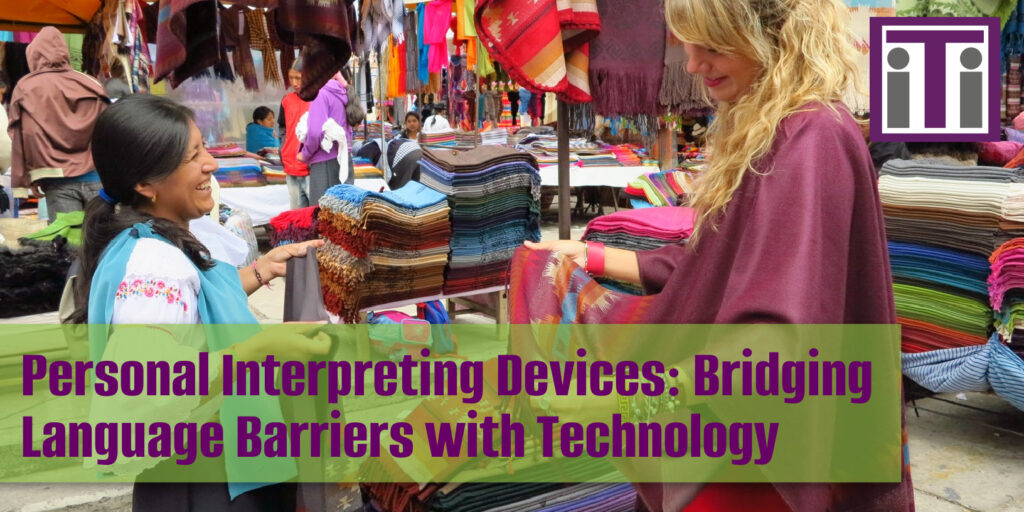A Guide To Working With A Medical Interpreter
Reading Time: ~2 mins

The past two years have shown us it’s more important than ever to provide equal care to all patients no matter their race, religion, or national origin. It’s been no secret that minorities have borne the brunt of the pandemic, so we must do everything we can to help them get the proper care. That starts with making sure they understand their healthcare provider.
It has been proven that the use of professional interpreters for Limited English Proficient (LEP) individuals lowers hospital readmission rates.
Lower readmission rates, along with higher quality services for LEP patients, increase HCHAPS (Hospital Consumer Assessment of Healthcare Providers) scores as well as the federal funding these institutions receive. Professional interpreters are extensively trained on medical terminology and on medical interpreters’ Standards of Practice and Code of Ethics.
Untrained “ad-hoc” interpreters are more likely to add, omit, or summarize information throughout a conversation, which can have a serious impact on the effectiveness of the appointment. Professional interpreters are trained in all aspects of healthcare and are taught that impartiality and confidentiality are of the utmost importance.
As important as it is for interpreters to have a deep understanding of the healthcare and interpreting fields, it is also crucial for healthcare providers to understand how to work with interpreters when providing care to an LEP patient….
Click here to download the rest of this free guide!
or
See our related post on “Medical Document Translation Challenges and Benefits“





